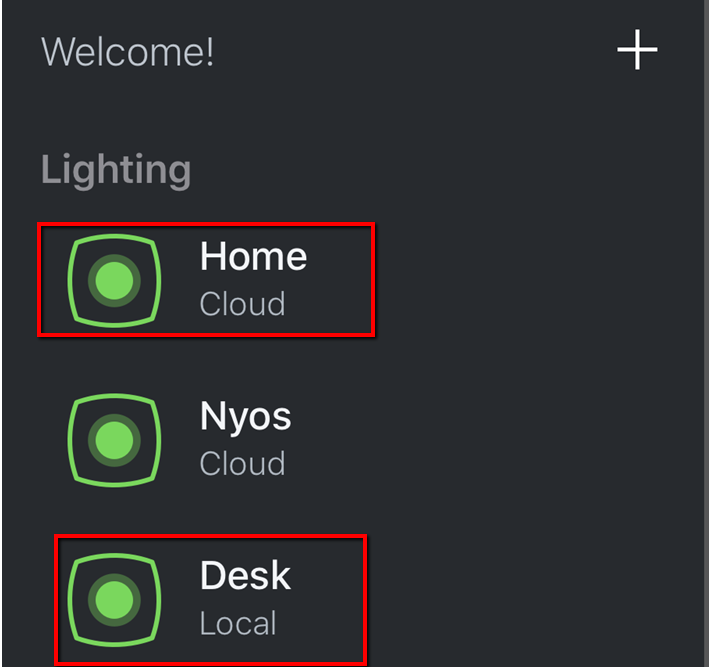

Every business is unique, and what works best for one company may not be ideal for yours. A private cloud data center is expensive since your company doesn’t share cloud computing resources with other enterprises.īefore choosing between cloud and on-premises data centers, it’s essential to understand the similarities, differences, and pros and cons. With public cloud data centers, you share cloud computing resources with other enterprises, hence it’s a cheaper option. There are two types of cloud data centers: public and private.

On the other hand, a cloud data center is controlled and operated by a third-party cloud service provider like AWS or IBM Cloud. Here, the company maintains the on-premise software, while the service provider oversees the private cloud. A private cloud hosted by a third-party cloud service provider can also be considered on-premise. The company’s IT staff are responsible for maintaining the servers and carrying out routine maintenance services such as installing & updating security software. This infrastructure supports workloads and applications across physical data centers and into a multi-cloud environment.Īn on-premise data center refers to a data center that’s physically located in a business building. The modern data center is expected to communicate across multiple sites in the cloud and on-premises. With many businesses now having some of their data hosted in the cloud, reliability, security, and efficiency are becoming the top considerations. On the other hand, networking consists of interconnections between data center components and routers, controllers, switches, etc. They comprise tapes, hard disks, and solid-state drives with several backups. Storage is all about the media used to house enterprise data. The compute element represents the processing power and memory needed to run apps, often provided by high-end servers. Data centers comprise several elements that can be categorized into three groups: storage, compute, and networking. What Is a Data Center, and Why Is It Important?Ī data center is often defined as a physical or cloud facility that houses business-critical apps and information. We’ve explored this and more in the subsequent sections below. Today, most businesses run on-premise and cloud data centers through a hybrid cloud strategy that offers the benefits of both worlds.īoth the on-premises and cloud data centers come with their pros and cons. However, digital transformation has seen several companies begin their cloud migration journey. Traditionally, companies relied solely on server hardware located within the business premises to store and access data via the local network. This data must be set up and stored somewhere that allows easy retrieval. Every business or company has a set of data and applications that need to be shared or accessed by different departments throughout the organization.


 0 kommentar(er)
0 kommentar(er)
